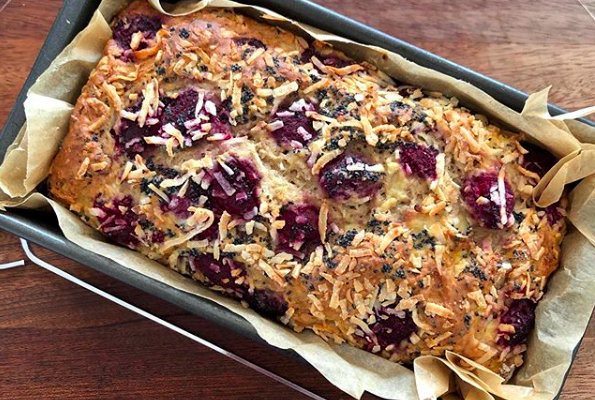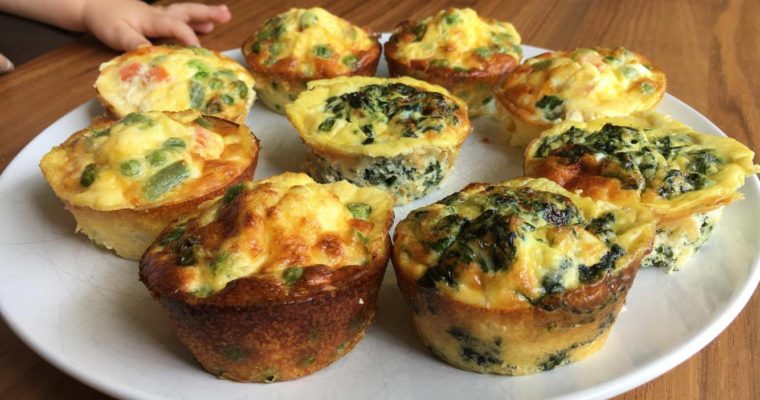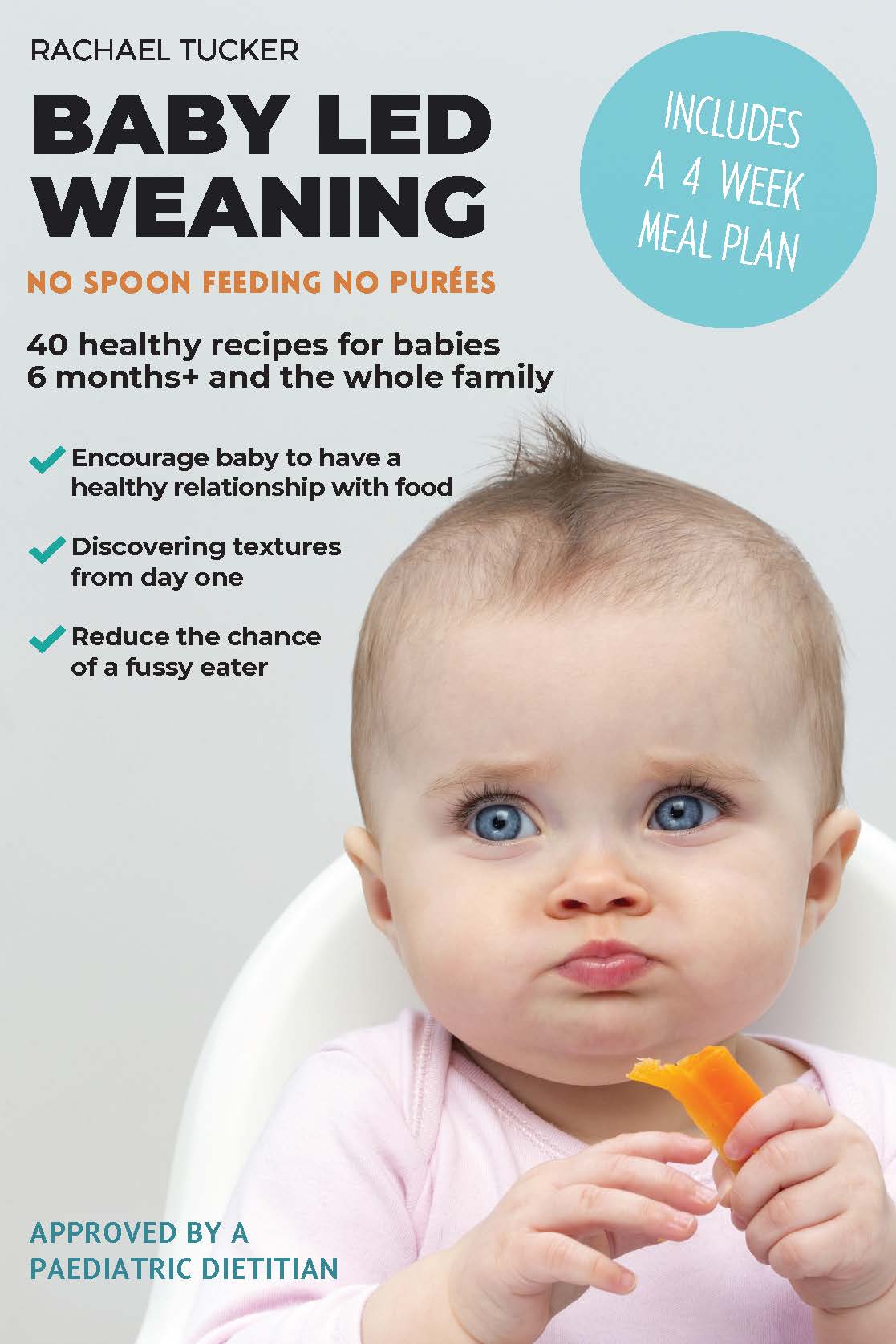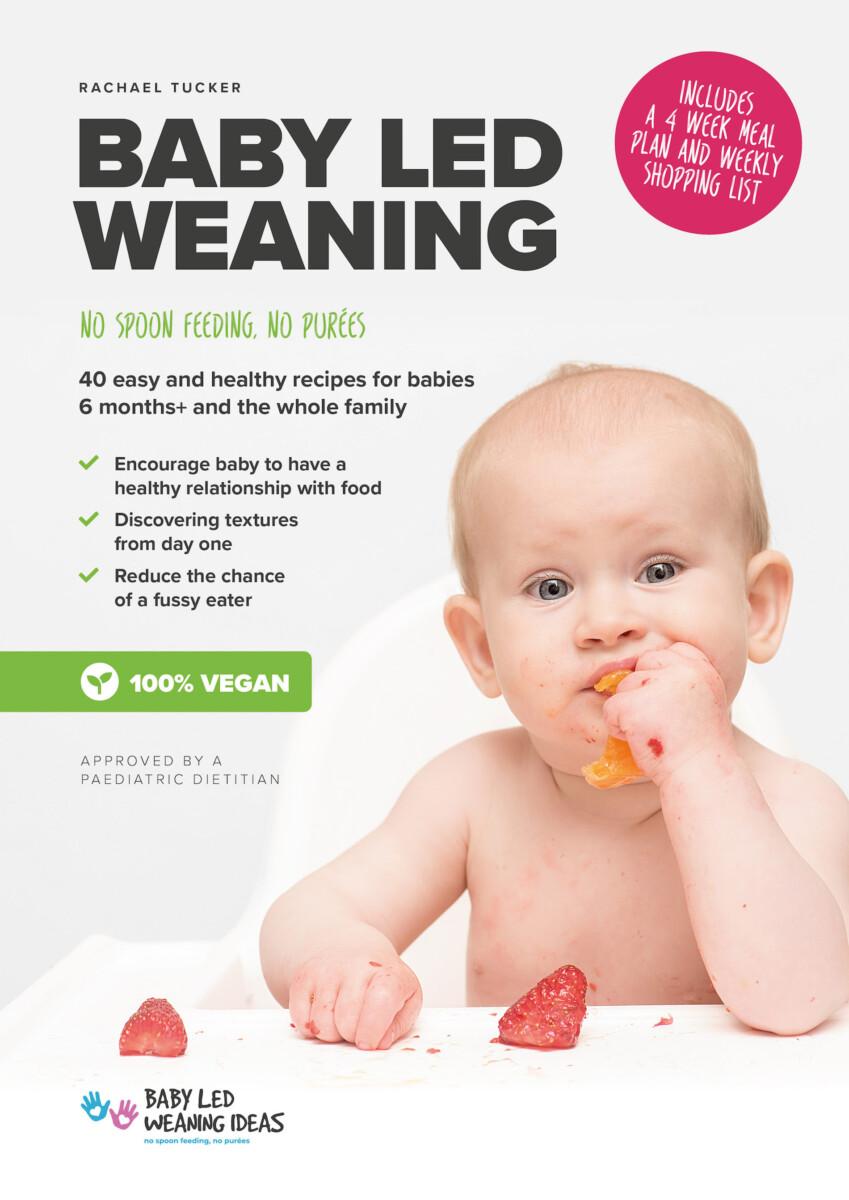Lets talk Salt…
‘Salt is bad for babies’ WHY? Their kidneys are not mature enough to deal with it.
‘Salt is in fact essential for health, helping to maintain and regulate fluid levels, balance blood sugar and transport nutrients around the body. Salt can also help your child’s body to absorb other important nutrients more effectively however is is important to ‘use it sparingly‘, as too much salt can be harmful for growing bodies and impressionable tastebuds’ <ref: wholesome child, Sacher, Paediatric Nutritionist>
Here are the daily maximum recommendations amount of salt for babies through to adults, below:
- Babies under a year old should have less than 1g of salt a day (0.4g of sodium) – (which is a good pinch of salt)
- 1 to 3 years – 2g salt a day (0.8g sodium)
- 4 to 6 years – 3g salt a day (1.2g sodium) (half a teaspoon of salt)
- 7 to 10 years – 5g salt a day (2g sodium)
- 11 years and over – 6g salt a day (2.4g sodium)
- Adults should eat no more than 6g of salt a day (2.4g sodium) – (that’s around one teaspoon)
How to read the labels and understand how much salt is too much salt?
We found, as a general guide, look on the back of the can, jar or packet and look at ‘salt per 100grams’, below is how they are ranked:
- LOW SALT READING: low amount salt is 0.3g salt (0.1g sodium) or less per 100g. (note: in the UK these foods are colour coded green, however this is not compulsory for companies to put the colour labels on…)
- MEDIUM SALT READING: if the amount of salt per 100g is between 0.3g and 1.5g (note: in the UK these foods are colour coded amber, however this is not compulsory for companies to put the colour labels on…)
- HIGH SALT READING: if salt content per 100g is more than 1.5g salt (0.6g sodium). (note: in the UK these foods are colour coded red, however this is not compulsory for companies to put the colour labels on…)
As a rule of thumb we try to aim for foods that have a low or medium salt content. Try to have high-salt foods only occasionally in small amounts. Do also note some manufacturers list salt as ‘sodium’; multiplying the amount of sodium listed by 2.5 will tell you the equivalent in salt.
Making sure your child doesn’t eat too much salt means you’re also helping to ensure that they don’t develop a taste for salty food, which makes them less likely to eat too much salt as an adult.
Remember this when you’re cooking for the family if you plan to give the same food to your baby. The following ‘watch out foods’ are almost always high in salt, so do check the label and ensure moderation, eat them less often or have smaller amounts:
Watch out foods:
Cheeses (parmesan, feta, processed cheeses), stock cubes, gravy granules, ham, olives, smoked meats and fish, soy sauce, oyster sauce, breads, pasta sauces, ready made meals, sausages, tomato ketchup, sauces, cereals, packet soups, pickles, bacon etc
Top tips to reduce salt intake:
- remove processed foods wherever possible
- home-cook from scratch when you can! You will know exactly whats in your babies and family’s meal
- reduce salt slowly in cooking so that your family taste buds can adapt
- don’t put salt or salty condiments on the table
- choose LOW-sodium, preservative free stocks, sauces and salad dressings… or make your own!
- rinse canned foods like beans or chickpeas
- avoid giving baby processed foods i.e. ready meals as these are often high in salt. Do note though: food manufacturers specifically for babies should meet the recommended levels. If in doubt, always check the label.
- we use herbs and spices to bring out flavours in our cooking
- salt can be added to the ‘grown ups’ meals after cooking if you wish, however as your baby/child gets older they are may start to copy 🙂
(let us look into our pantry at home at a few items…)
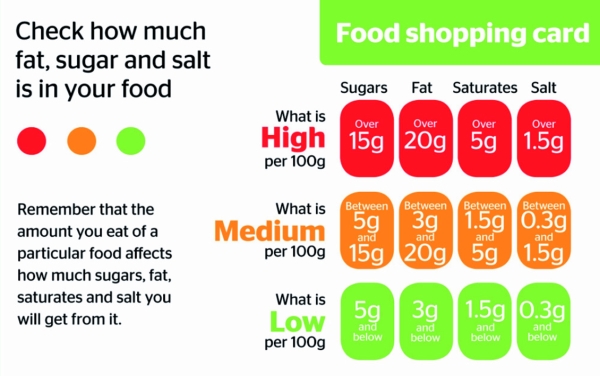
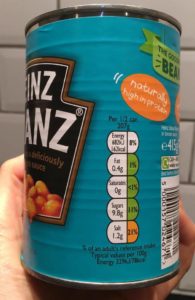
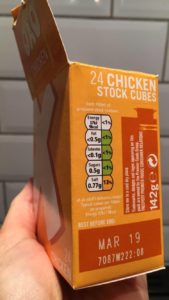
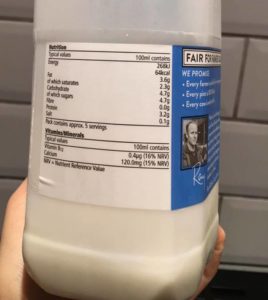
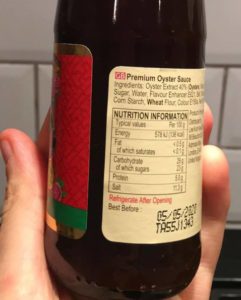
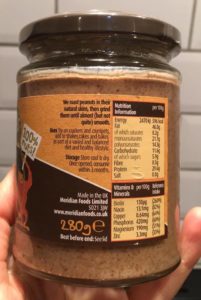
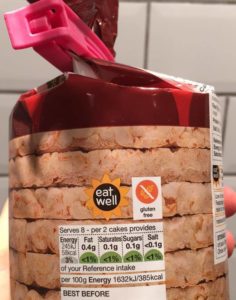
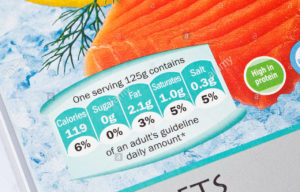
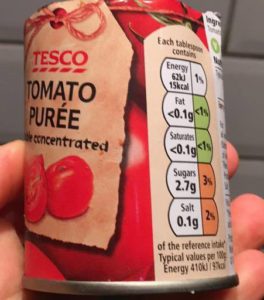
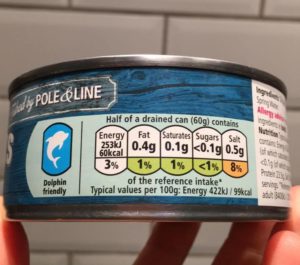
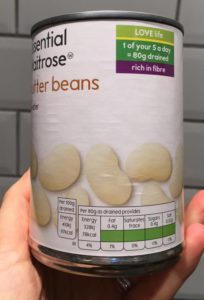
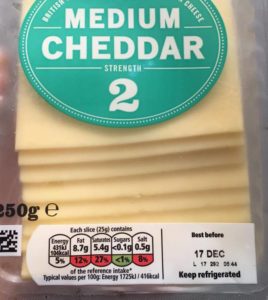
References:
https://www.nhs.uk/Livewell/Goodfood/Pages/salt.aspx
(Next review of information above by NHS is due: 10/02/2018)
Gill Rapley Book (baby led weaning)
http://www.ethicalconsumer.org/ethicalreports/foodindustrysectorreport/foodlabelling.aspx


